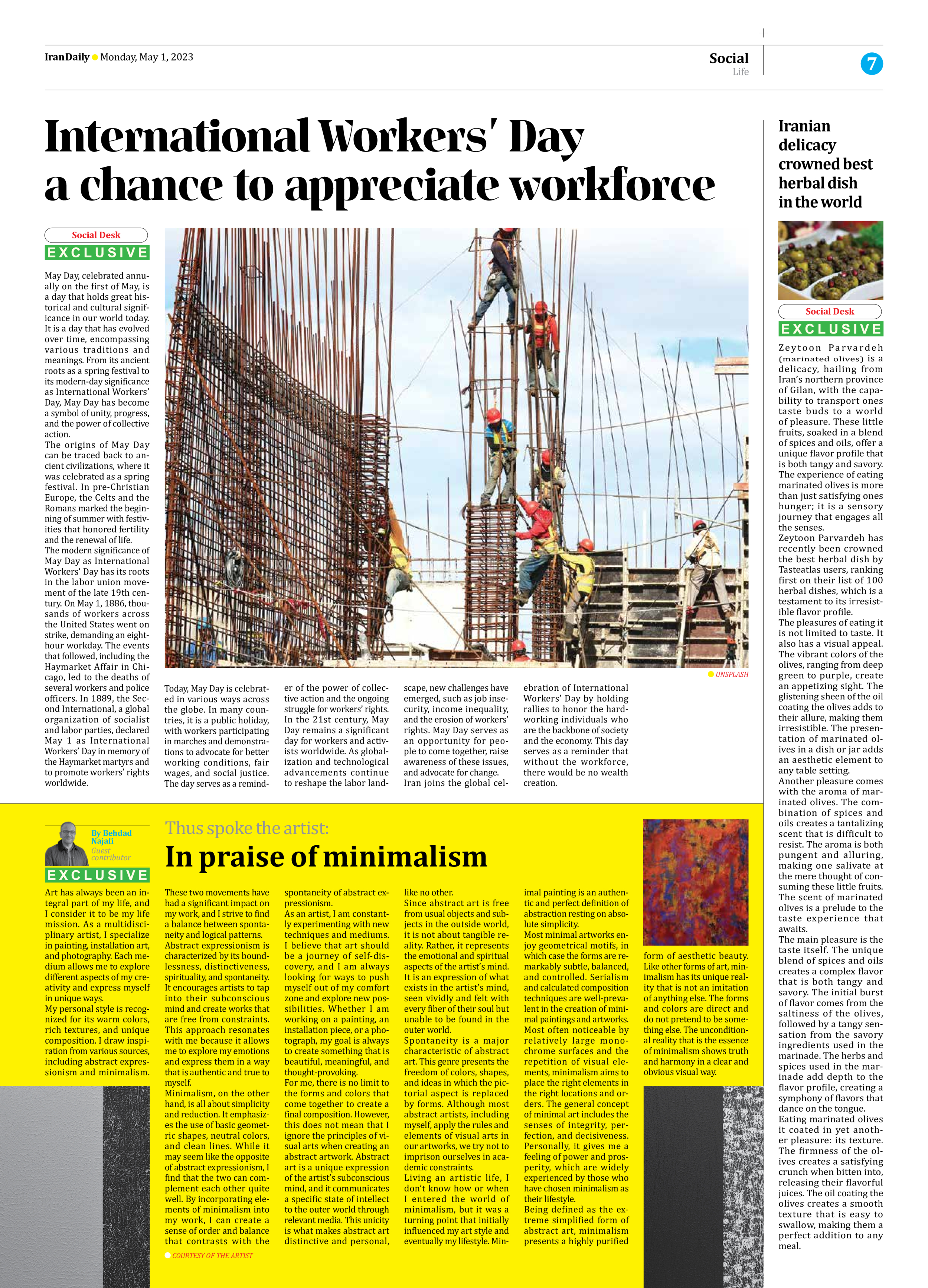
International Workers’ Day a chance to appreciate workforce
May Day, celebrated annually on the first of May, is a day that holds great historical and cultural significance in our world today. It is a day that has evolved over time, encompassing various traditions and meanings. From its ancient roots as a spring festival to its modern-day significance as International Workers’ Day, May Day has become a symbol of unity, progress, and the power of collective action.
The origins of May Day can be traced back to ancient civilizations, where it was celebrated as a spring festival. In pre-Christian Europe, the Celts and the Romans marked the beginning of summer with festivities that honored fertility and the renewal of life.
The modern significance of May Day as International Workers’ Day has its roots in the labor union movement of the late 19th century. On May 1, 1886, thousands of workers across the United States went on strike, demanding an eight-hour workday. The events that followed, including the Haymarket Affair in Chicago, led to the deaths of several workers and police officers. In 1889, the Second International, a global organization of socialist and labor parties, declared May 1 as International Workers’ Day in memory of the Haymarket martyrs and to promote workers’ rights worldwide.
Today, May Day is celebrated in various ways across the globe. In many countries, it is a public holiday, with workers participating in marches and demonstrations to advocate for better working conditions, fair wages, and social justice. The day serves as a reminder of the power of collective action and the ongoing struggle for workers’ rights.
In the 21st century, May Day remains a significant day for workers and activists worldwide. As globalization and technological advancements continue to reshape the labor landscape, new challenges have emerged, such as job insecurity, income inequality, and the erosion of workers’ rights. May Day serves as an opportunity for people to come together, raise awareness of these issues, and advocate for change.
Iran joins the global celebration of International Workers’ Day by holding rallies to honor the hardworking individuals who are the backbone of society and the economy. This day serves as a reminder that without the workforce, there would be no wealth creation.







